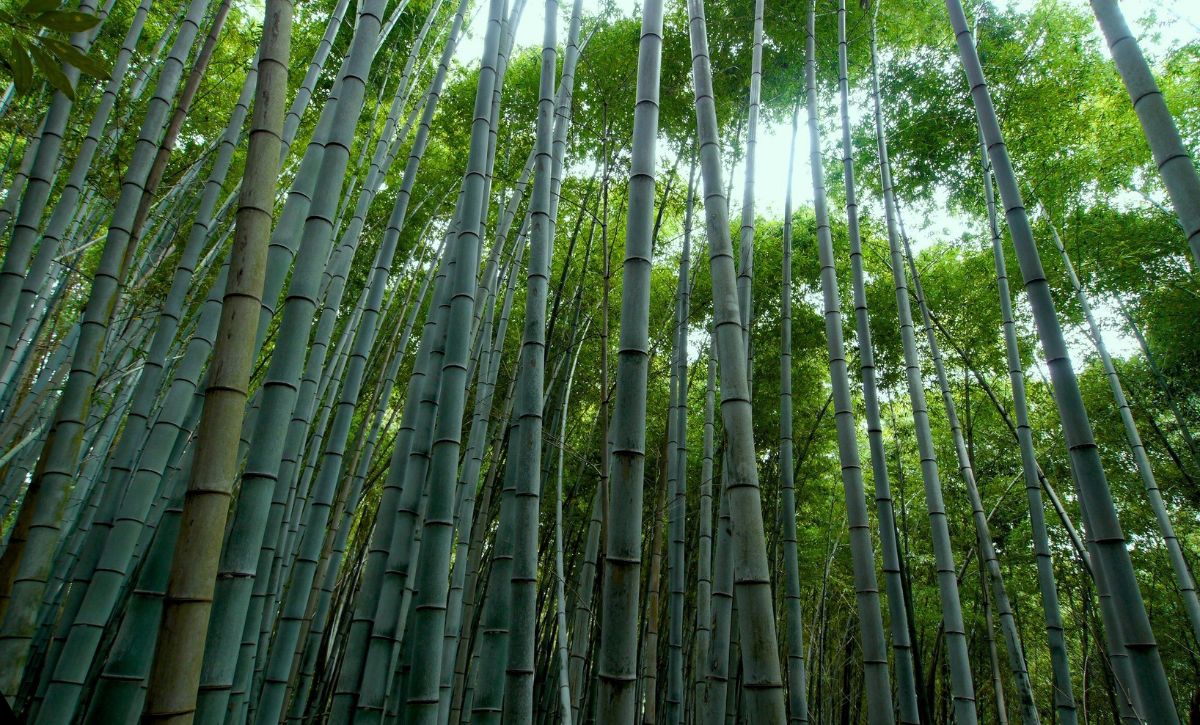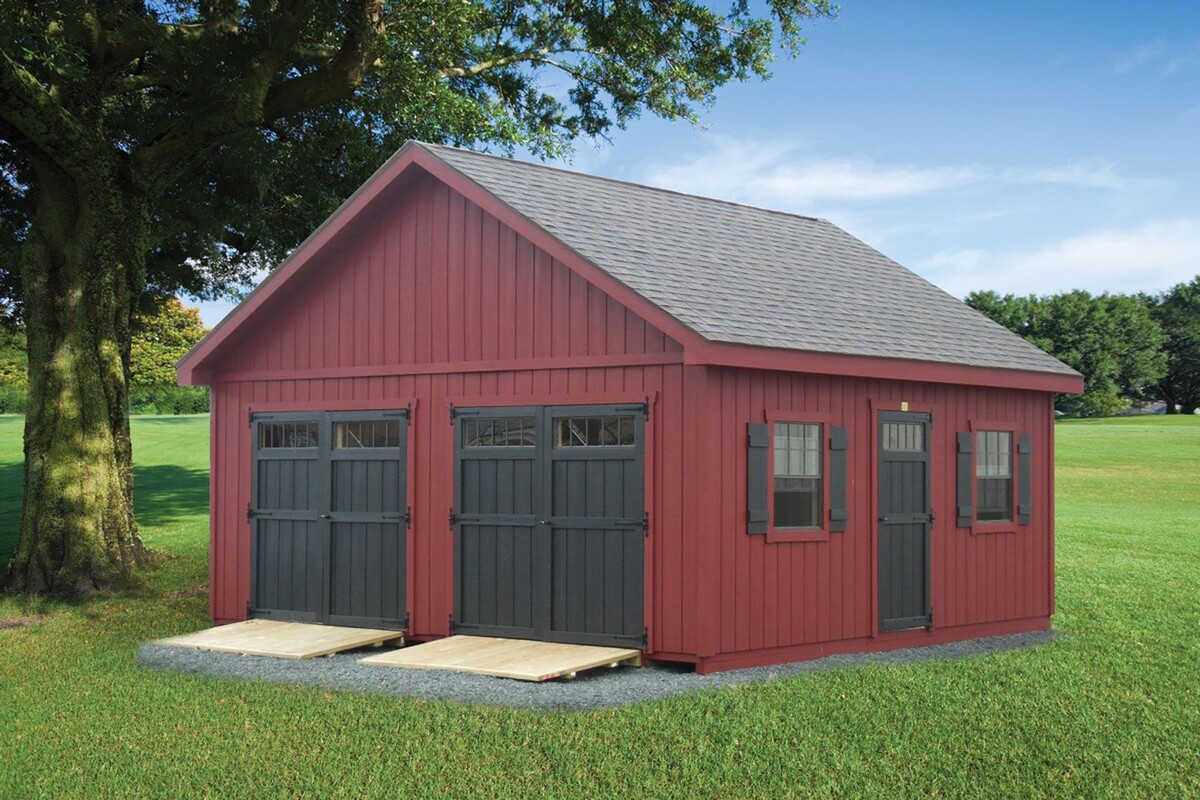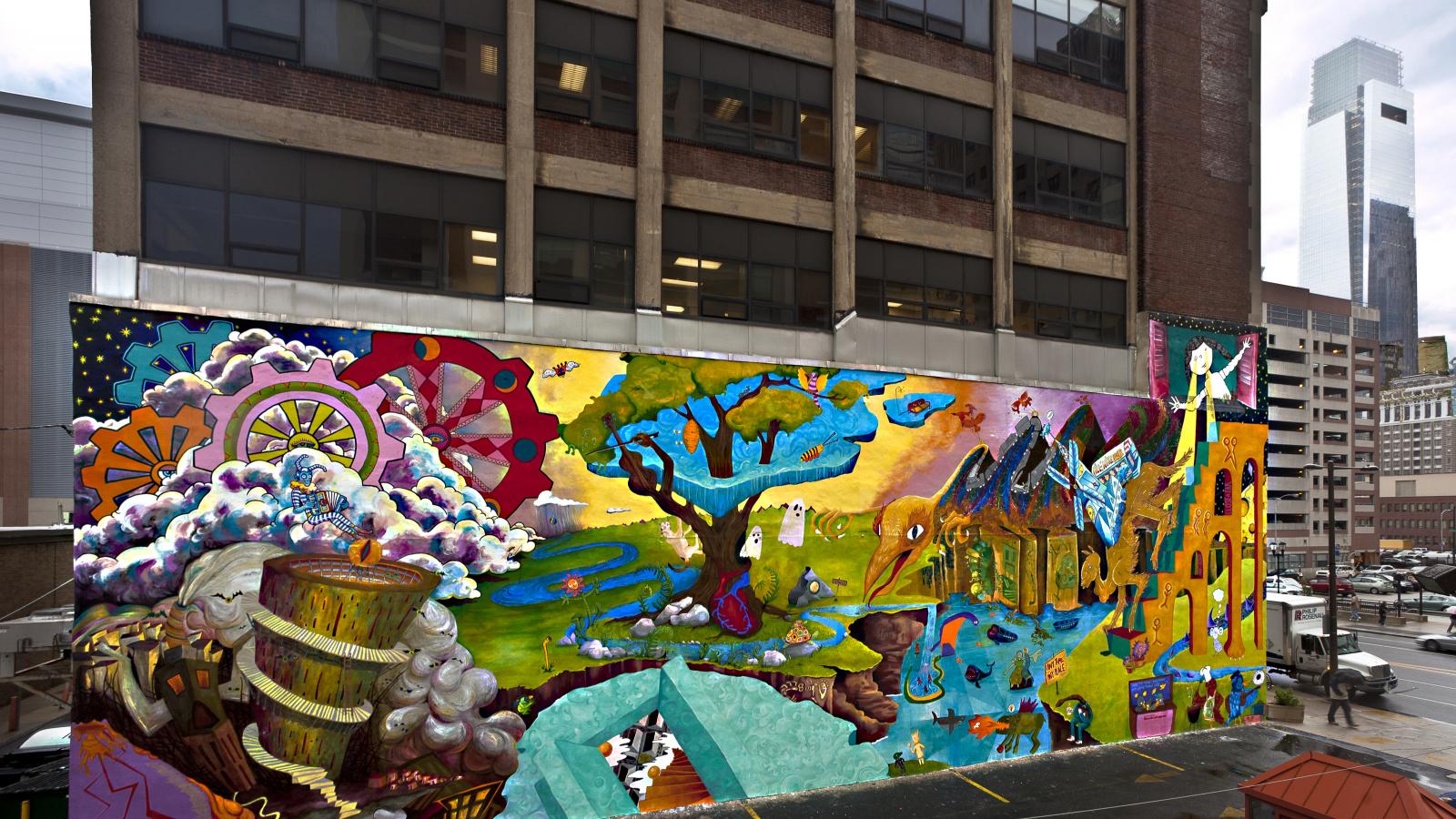Home>Gardening & Outdoor>Landscaping Ideas>What Is The Largest Grass


Landscaping Ideas
What Is The Largest Grass
Published: January 28, 2024
Discover the best landscaping ideas with the largest grass varieties. Enhance your outdoor space with these impressive landscaping options.
(Many of the links in this article redirect to a specific reviewed product. Your purchase of these products through affiliate links helps to generate commission for Storables.com, at no extra cost. Learn more)
Introduction
Introduction
When we think of grass, we often envision the lush green carpet that covers our lawns and fields. However, there is a type of grass that stands out not only for its towering height but also for its ecological and economic significance. This remarkable grass, known as bamboo, holds the title of being the largest member of the grass family. Its impressive size and numerous uses make it a fascinating subject to explore.
Bamboo, scientifically classified as a member of the Bambusoideae subfamily, encompasses a diverse group of species that can be found in various parts of the world. From the towering bamboo forests of Asia to the sprawling groves in the Americas, bamboo has captured the attention of cultures and industries across the globe. In this article, we will delve into the characteristics, ecological importance, economic uses, and conservation efforts related to this extraordinary grass.
Join us on a journey to uncover the wonders of the largest grass and gain a deeper appreciation for the vital role it plays in our world.
Characteristics of the Largest Grass
Key Takeaways:
- Bamboo, the largest grass, is not only incredibly tall but also plays a crucial role in protecting wildlife, stabilizing soil, and mitigating climate change, showcasing its vital importance in our ecosystems.
- Bamboo’s rapid growth and versatility make it a valuable resource for construction, craftsmanship, and even food production, highlighting its potential to drive sustainable practices and economic development.
Read more: What Is The Largest Mattress
Characteristics of the Largest Grass
Bamboo, the largest grass, is renowned for its towering culms, which are the hollow, woody stems that form the structure of the plant. These culms can reach astonishing heights, with some species soaring to over 100 feet, making bamboo the tallest grass in the world. The impressive stature of bamboo has earned it the nickname “green steel” due to its strength and resilience.
One of the most remarkable features of bamboo is its rapid growth rate. Some species of bamboo are known to grow up to 3 feet in a single day under optimal conditions, making it one of the fastest-growing plants on the planet. This exceptional growth rate enables bamboo to quickly establish dense stands, forming extensive forests that provide crucial habitat for diverse wildlife.
In addition to its remarkable height and growth rate, bamboo exhibits incredible versatility in its adaptability to different climates and soil types. From the humid tropics to the chilly mountains, bamboo thrives in a wide range of environments, making it an incredibly resilient and adaptable plant.
Furthermore, bamboo possesses a unique root system that contributes to its ecological significance. The extensive network of rhizomes enables bamboo to prevent soil erosion, stabilize slopes, and regulate water flow, making it a vital component of watershed protection and land conservation.
The exceptional characteristics of bamboo not only set it apart as the largest grass but also underscore its ecological importance and potential for diverse applications.
Ecological Importance of the Largest Grass
Ecological Importance of the Largest Grass
Bamboo, as the largest grass, plays a pivotal role in numerous ecosystems, contributing to the well-being of both flora and fauna. Its towering culms create a dense canopy that provides shelter and nesting sites for a wide array of wildlife, including birds, mammals, and insects. The extensive root system of bamboo helps to stabilize soil, reduce erosion, and maintain watershed health, making it an invaluable ally in environmental conservation.
One of the most notable ecological contributions of bamboo is its role in carbon sequestration. As a fast-growing plant, bamboo has the ability to capture and store significant amounts of carbon dioxide from the atmosphere, thus mitigating the impacts of climate change. This makes bamboo forests essential in the global effort to combat greenhouse gas emissions and preserve the balance of our planet’s atmosphere.
Moreover, bamboo forests act as natural water filters, enhancing water quality by trapping sediments and absorbing pollutants. They also regulate water flow, helping to prevent flooding during heavy rains and ensuring a stable supply of water during dry seasons. This vital function of bamboo contributes to the preservation of aquatic ecosystems and the sustenance of countless species that rely on clean water sources.
Furthermore, bamboo serves as a source of food and shelter for various herbivores, such as pandas, which depend almost entirely on certain bamboo species for their sustenance. The intricate relationship between bamboo and herbivores exemplifies the interconnectedness of species within ecosystems and underscores the significance of the largest grass in supporting biodiversity.
By virtue of its ecological contributions, the largest grass, bamboo, stands as a symbol of resilience and harmony within natural environments, highlighting the intricate web of life that depends on its presence for stability and sustenance.
Economic Uses of the Largest Grass
The largest grass is the bamboo, which can grow up to 100 feet tall. It is a fast-growing plant and is used for a variety of purposes, including construction, food, and as a renewable resource for paper and textiles.
Economic Uses of the Largest Grass
Bamboo, as the largest grass, holds immense economic importance due to its wide-ranging utility in various industries and everyday applications. Its exceptional strength, rapid growth, and versatility have made it a valuable resource for human civilization for centuries.
One of the most prominent economic uses of bamboo is in construction and architecture. The remarkable strength-to-weight ratio of bamboo culms makes them ideal for building sturdy structures, such as houses, bridges, and scaffolding. Additionally, bamboo fibers are used to create durable and sustainable building materials, including flooring, wall panels, and roofing thatch, offering an eco-friendly alternative to traditional construction materials.
Bamboo’s versatility extends to the realm of craftsmanship and manufacturing, where it is utilized in the production of a diverse range of products. From furniture and utensils to textiles and paper, bamboo lends itself to skilled craftsmanship, offering a renewable and aesthetically appealing material for artisans and designers. Furthermore, bamboo’s natural antibacterial properties make it an excellent choice for kitchenware and cutting boards, enhancing food safety and hygiene.
In the realm of agriculture and food production, bamboo shoots are a prized culinary delicacy in many cultures, valued for their nutritional benefits and culinary versatility. The cultivation and harvesting of bamboo shoots contribute to local economies and provide livelihoods for communities in bamboo-growing regions.
Moreover, bamboo has found extensive use in the realm of sustainable energy production. The high calorific value of bamboo biomass makes it a viable source of renewable energy, with applications ranging from cooking fuel and charcoal production to biomass power generation. This not only reduces dependence on non-renewable energy sources but also contributes to the mitigation of deforestation and carbon emissions.
As a renewable and abundant resource, the largest grass, bamboo, continues to fuel innovation and economic development across diverse sectors, showcasing its potential to drive sustainable and eco-friendly practices in the modern world.
Conservation of the Largest Grass
Conservation of the Largest Grass
Given the ecological and economic significance of bamboo, concerted efforts are underway to conserve and sustainably manage bamboo resources to ensure their long-term viability and benefits for both nature and humanity. The conservation of the largest grass involves a multi-faceted approach that addresses ecological preservation, sustainable utilization, and community engagement.
One of the primary conservation strategies for bamboo revolves around the protection and restoration of bamboo habitats. This includes the establishment of protected areas and conservation reserves to safeguard bamboo forests and the diverse ecosystems they support. Additionally, reforestation initiatives aim to replenish degraded areas with bamboo stands, promoting biodiversity and ecological resilience.
Sustainable management practices play a pivotal role in the conservation of bamboo, emphasizing responsible harvesting techniques and cultivation methods that support the regenerative capacity of bamboo populations. By promoting sustainable harvesting and cultivation, conservation efforts seek to balance the utilization of bamboo resources with the need to preserve their ecological functions and biodiversity.
Community involvement and empowerment are integral to the conservation of bamboo, as local populations often rely on bamboo for their livelihoods and cultural practices. Engaging with communities to develop sustainable livelihood opportunities, such as eco-tourism, agroforestry, and value-added bamboo products, fosters a sense of stewardship and ensures the active participation of stakeholders in conservation endeavors.
Furthermore, raising awareness about the ecological importance and economic potential of bamboo is essential for garnering support for conservation initiatives. Education and outreach programs aimed at local communities, policymakers, and the general public serve to highlight the value of bamboo ecosystems and the need for collective action to preserve these vital resources for future generations.
Through collaborative conservation efforts that integrate ecological preservation, sustainable utilization, and community engagement, the largest grass, bamboo, can thrive as a symbol of environmental resilience and sustainable development, enriching landscapes and livelihoods for generations to come.
Conclusion
Read more: What Is The Largest Seed
Conclusion
The largest grass, bamboo, stands as a testament to the remarkable wonders found in the natural world. Its towering culms, rapid growth, and ecological significance underscore the profound impact of this extraordinary plant on ecosystems and human societies alike. From providing habitat for diverse wildlife to offering sustainable resources for construction, craftsmanship, and energy production, bamboo embodies resilience, versatility, and sustainability.
As we marvel at the largest grass and its myriad uses, it is imperative to recognize the interconnectedness of ecological preservation and economic prosperity. Conservation efforts aimed at safeguarding bamboo habitats, promoting sustainable management practices, and engaging local communities are essential for ensuring the longevity of this invaluable resource. By embracing the principles of sustainable utilization and environmental stewardship, we can harness the potential of bamboo to foster thriving ecosystems and vibrant economies.
In the tapestry of our natural world, bamboo stands as a symbol of resilience and harmony, weaving together the threads of ecological stability, economic vitality, and cultural significance. Its towering presence and multifaceted contributions serve as a reminder of the profound impact that the largest grass can have on our planet and our lives.
As we look to the future, let us continue to nurture and protect the largest grass, recognizing its intrinsic value and the myriad benefits it bestows upon us. By embracing a holistic approach to conservation and sustainable utilization, we can ensure that bamboo flourishes as a symbol of environmental resilience and a source of inspiration for generations to come.
Frequently Asked Questions about What Is The Largest Grass
Was this page helpful?
At Storables.com, we guarantee accurate and reliable information. Our content, validated by Expert Board Contributors, is crafted following stringent Editorial Policies. We're committed to providing you with well-researched, expert-backed insights for all your informational needs.















0 thoughts on “What Is The Largest Grass”